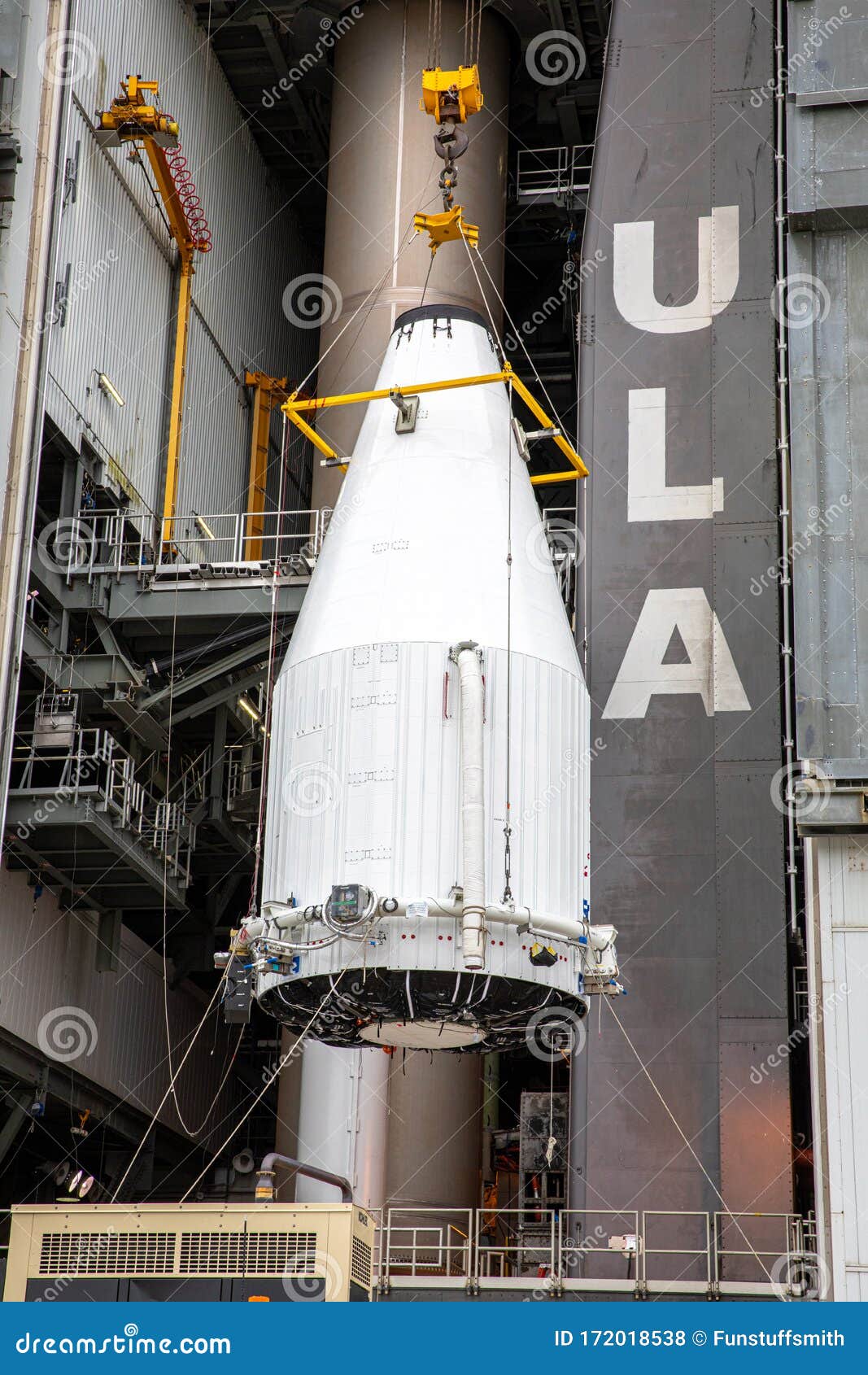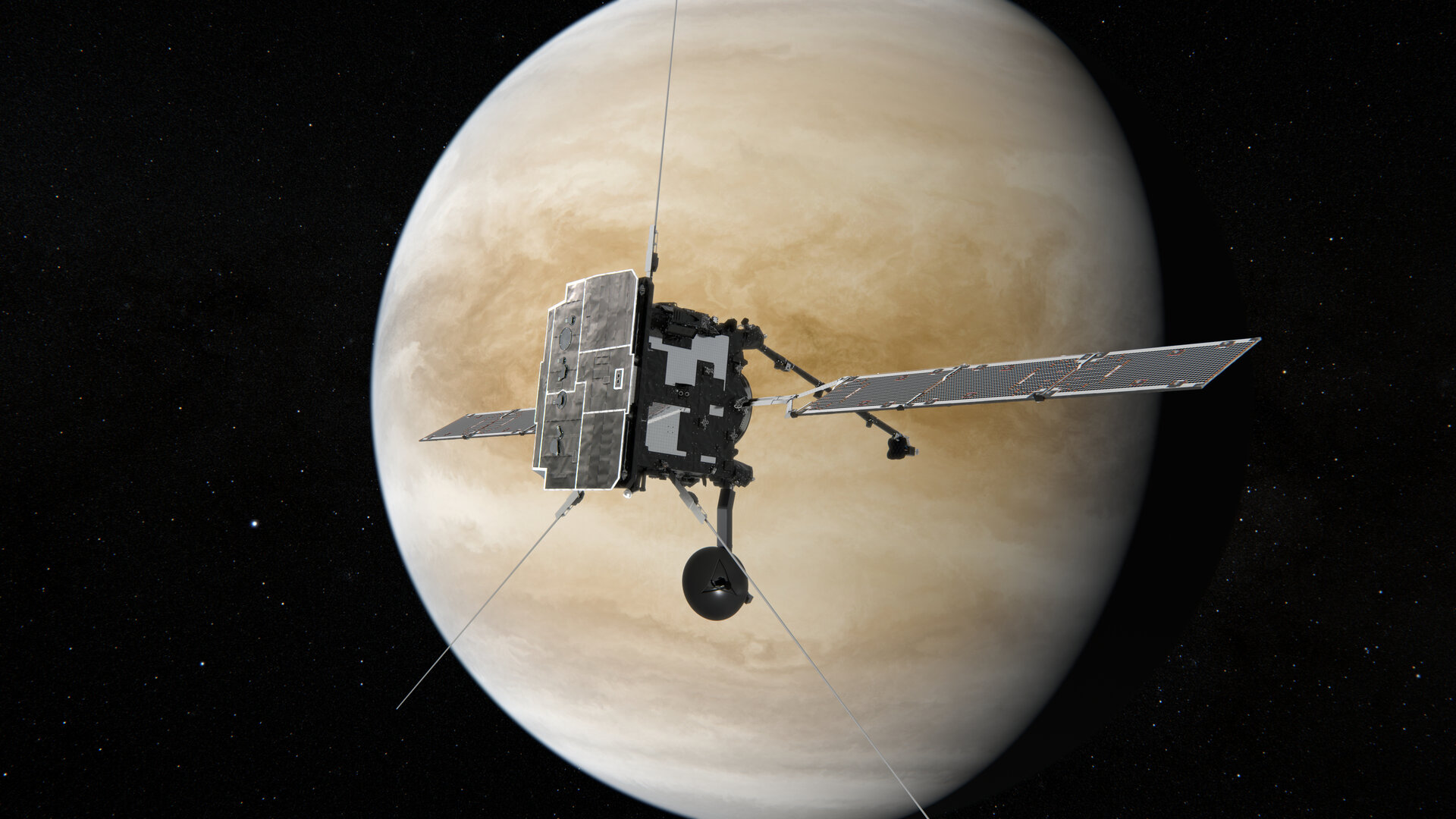

The work also helps build experience for ESA’s Comet Interceptor mission, for which Geraint is the Science Team Lead.
#His solar orbiter code
Both of Solar Orbiter’s encounters were predicted in advance thanks to the computer code developed by Geraint Jones from the University College London Mullard Space Science Laboratory. This will allow astronomers to study the way the comet interacts with the solar wind, the stream of energetic particles that emanate from the Sun and sweeps through the solar system.Ĭomet tail crossings are relatively rare events. The ESA/NASA mission, which launched in February 2020 and has already taken the closest images ever of the Sun, captured information about the particles and magnetic field present in the tail of the comet. For several days in December 2021, the spacecraft found itself flying through the tail of Comet C/2021 A1 Leonard.

The encounter marked Solar Orbiter's second crossing of a comet's tail the spacecraft also passed through the tail of Comet ATLAS in 2020, shortly after launching.The event was predicted in advance by astronomers at University College London, and the spacecraft has been able to collect a wealth of science data for analysis.īuilt by Airbus in Stevenage, Solar Orbiter is designed to conduct unique studies of the Sun but is also making a name for itself exploring comets. In particular, the spacecraft gathered ultraviolet images that could help scientists study water in the comet and visible-light images that could offer more details about the comet's dust activity.Īlthough Solar Orbiter is the only mission that directly crossed through Comet Leonard's tail, plenty of other spacecraft in the inner solar system were able to study the comet during its visit, including NASA's STEREO-A and Parker Solar Probe spacecraft and the joint NASA/ESA SOHO mission. In addition, the probe's magnetometer picked up signs of magnetic perturbations that may have been caused by the comet's interaction with the sun's magnetic field.Īnd, of course, Solar Orbiter snapped some photos as well. Although Solar Orbiter was designed to study the sun rather than comets, the spacecraft does carry some instruments that were able to gather data about Comet Leonard's tail during the crossing.įor example, the spacecraft's Solar Wind Analyzer instrument suite detected ions and compounds that belong to the comet rather than the solar wind, including oxygen ions and carbon dioxide. The program was developed by scientists behind ESA's Comet Interceptor mission, which will launch in 2029 and execute a flyby of a long-period comet. Grant realized in advance that Solar Orbiter would fly through the comet's tail thanks to a computer program that incorporates spacecraft trajectories, comet orbits and the solar wind - the constant stream of charged particles that flows out from the sun and across the solar system, shaping the ion tails of comets. Although the nucleus of the comet was near Venus and about 27.7 million miles (44.5 million kilometers) away from the spacecraft in mid-December, the comet's tail stretched past Earth's orbit, according to ESA.

27 and was also headed out to the sun, which it will fly past in March. Meanwhile, Solar Orbiter had completed an Earth flyby on Nov.


 0 kommentar(er)
0 kommentar(er)
